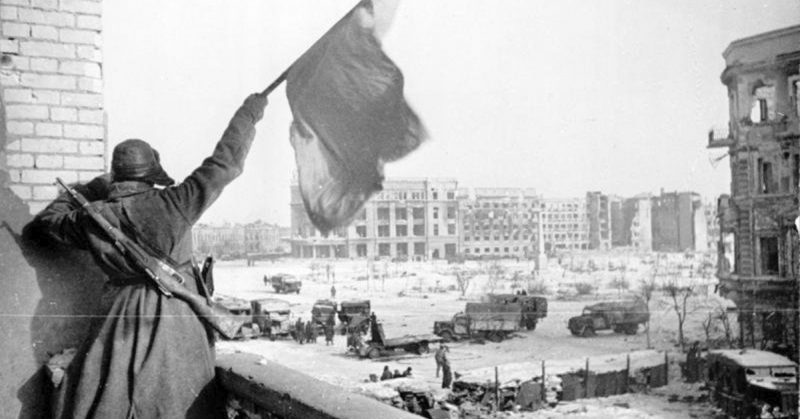War History Online proudly presents this Guest Piece from civilianmilitaryintelligencegroup.com
23 August 1942–2 February 1943. Stalingrad’s worst luck was that it was named after Josef Stalin. It was a perfect town in Russia, a gem on the Volga River and an industrial center. So on August 23rd, 1942, Hitler ordered the German 6th Army under Von Paulus to lay siege to Stalingrad.
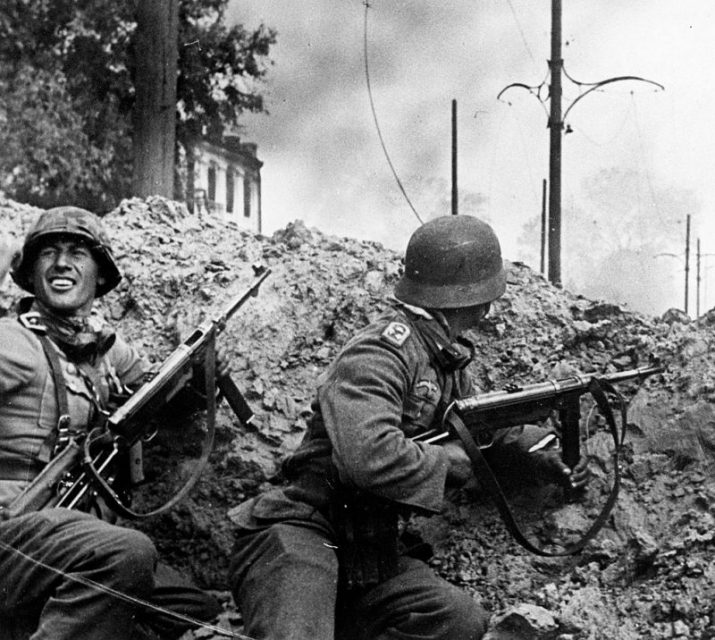
This of course turned into a “shoot your self in the foot” proposition. The steel reinforced buildings still stood after the bombing, and once the Luftwaffe made short work of the town, it also created a new and perfect environment that supported the operations of snipers and made the free movement of armor problematic. High dark rooms with their windows blown out were perfect for hiding killers watching quietly with bolt action Mosin Nagants.
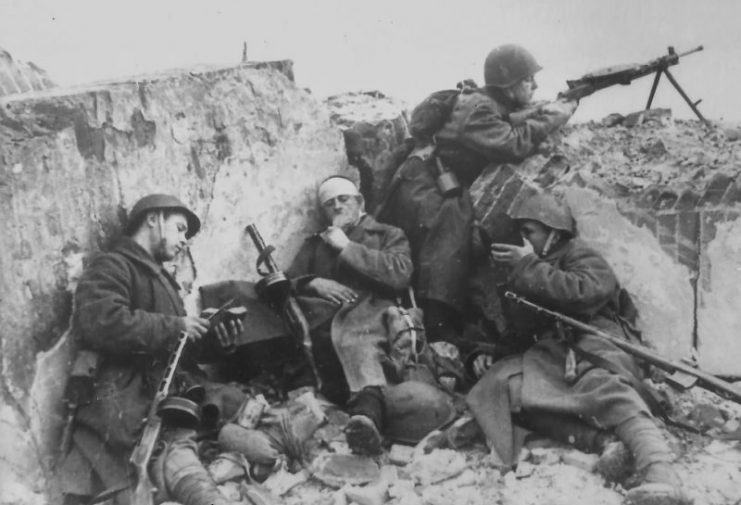
The Germans began the offensive with a quarter of a million men under arms and ended up bringing in over a million men, including Italians, Hungarians, and Romanians. The Russians started with 170,000 and brought in over a million additional troops themselves.
This was to become worst conflict seen on the Eastern Front. The Germans, just over a year after the invasion of Russia began, now had an intractable Russian force defending against all odds in an unrelenting arctic winter storm. Nothing worked. The German guns froze. Their food rations ran thin.
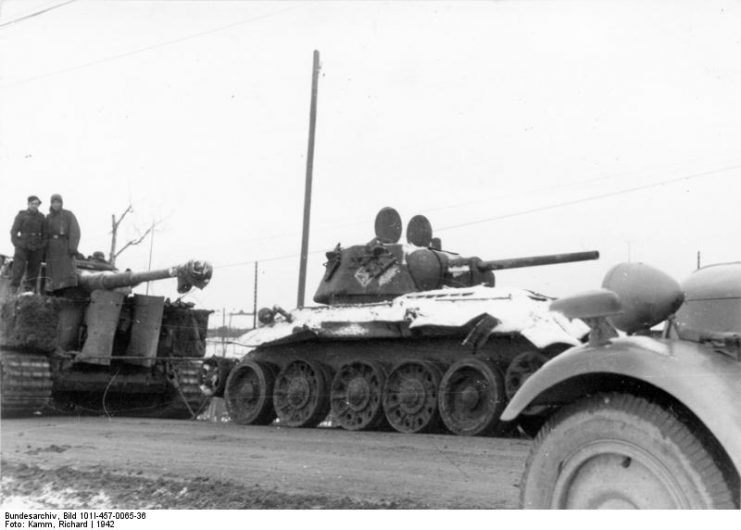
Resupply was slowing in the war. It took thirty trainloads a day to resupply Army Group North. This was hardly sustainable in the 30º below zero weather. Men starved and suffered in the bitter cold they were hardly ready for. Alfred Jodl had refused to pack jackets into the first logistics load because he thought it would sow doubt in the minds of the soldiers who expected that this war would be over before winter.
Stalingrad is now called Volgograd, and there a battle began that some historians call the largest battle in history. Why Stalingrad? Some say Hitler was trying to poke a finger in Stalin’s eye by decimating his namesake city. And, obviously, because of it’s strategic location on a bend in the Volga River.

The Germans sought to control this waterway where oil supplies and manufactured goods were brought into the northern Soviet territories, and where factories created everything from tractors to sewing machines to tanks. The total estimated dead including civilians and combatants was over two million. This alone makes Stalingrad a holocaust all its own.
One would think that Hitler would want to capture Moscow, the Soviet capital city, first, but he delayed Operation Typhoon, the battle for Moscow, at the last second. He even ordered Heinz Guderian to take his half of Army Group Center and link up with General Von Paulus to support the offensive against Stalingrad. The battle began roughly in July 1942 and ended in February 1943.
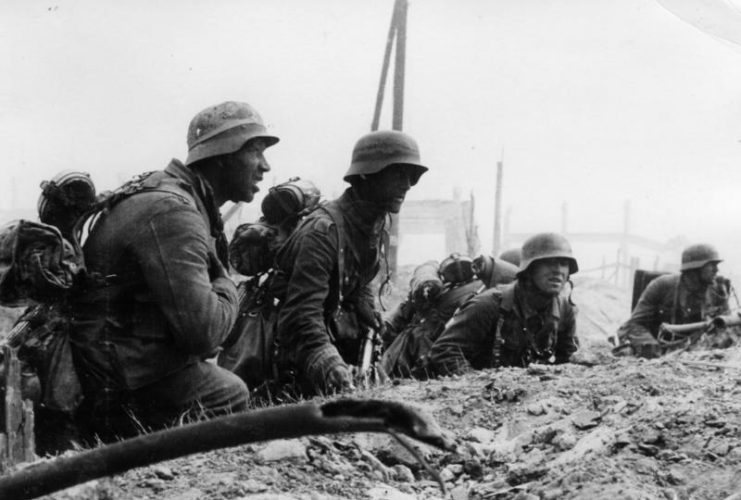
Some historians, however, give the battle dates as being November 1942 to January 1943. The entire history of the German invasion of Russia is rife with these discrepancies. Sometimes what we call an invasion and what we call a military action are differentiated by semantics. Suffice it to say that the result was the same for the Wehrmacht.
In a recent one-hour program on the History channel, many important things were discovered and history itself was once again revised. Here are some interesting points discovered – or repeated depending on what you’ve already read and seen.
The massive bombing campaign against Stalingrad did not bring the whole city down
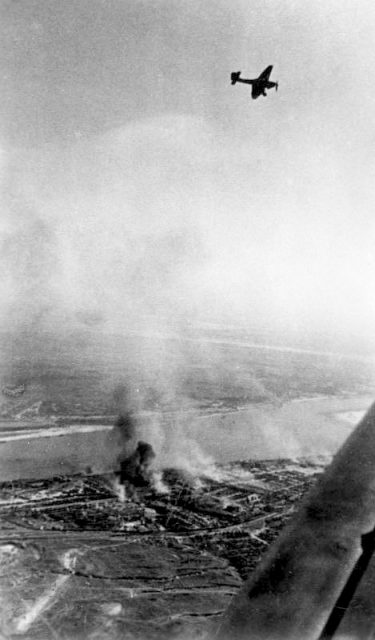
In fact, most of the buildings in Stalingrad were made of steel reinforced concrete. So the idea that the cinder block construction seen in previous attacks on Russian cities, where it was ground into powder, turned out to be a disastrous assumption by German war planners.
A blast expert named David Hadden traveled to Volgograd and discovered that the reinforced concrete buildings, for the most part, withstood much of the bombing, and large windows on all floors gave the blast energy from the bombs a place to escape. So much of the city was still standing, even if severely damaged.
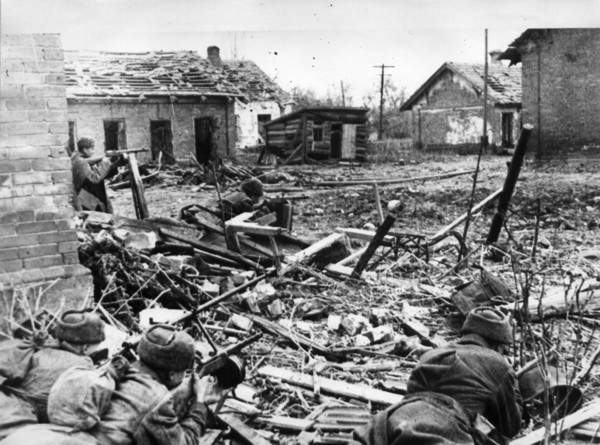
The bombing campaign created a battleground that defeated armor and favored the defenders
The Panzer Kampfwaggen Mark III, with its 5 man crew and 37mm gun, was the MBT of the Wehrmacht in the Stalingrad theatre. The gun itself, however, wasn’t really big enough to destroy buildings. Once the city’s infrastructure had been devastated, tanks simply could not pass through the rubble.
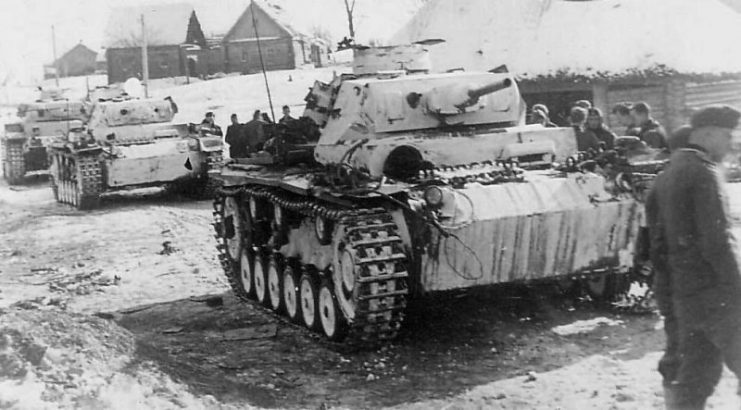
Not unlike the use of the phalanx, armor corps needed open ground and an open field of fire to operate. But there was little open ground in the ruins of Stalingrad. Also, the main gun had limitations in terms of elevation, so once it was within a block or two of a building, snipers in the upper floors were for the most part protected.
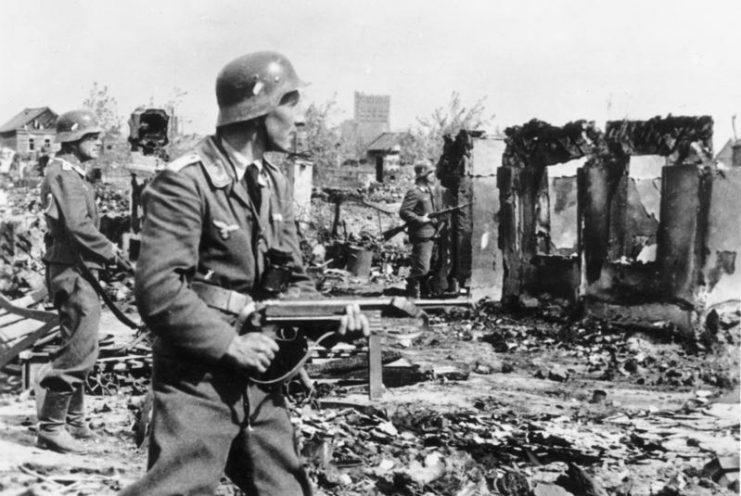
Then there is the famous “drink” the Russians invented called the Molotov cocktail, which could be dropped from a building onto the back of a tank where the engine and petrol were located. Left burning long enough it would set off the fuel and the tank rounds stored in the back of the turret. Soldiers scrambling out of the tank were easily picked off by snipers.
A Molotov cocktail could be made from many petroleum products: turpentine, gasoline, cooking oil, a cloth dipped in paraffin and a thickening agent like egg whites or wood soap.
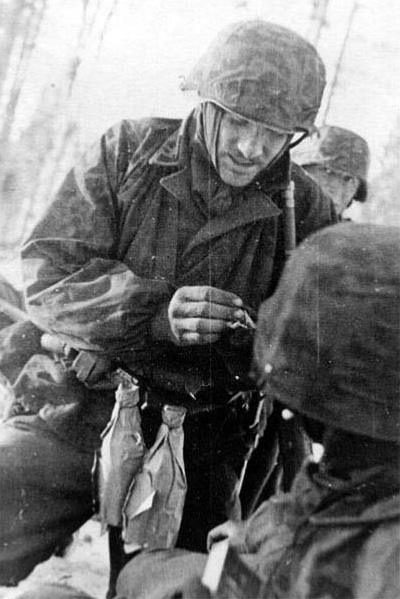
There were places where German infantry could see a hundred blown out windows in buildings left standing in the city. Each darkened hole could have easily held and hidden a sniper. One sniper going from room to room 100 yards away could pin down an entire company for hours. Pinned down, German infantry would start to freeze to death in the frigid Soviet winter.
German snipers and infantry were easily outmatched by Russians
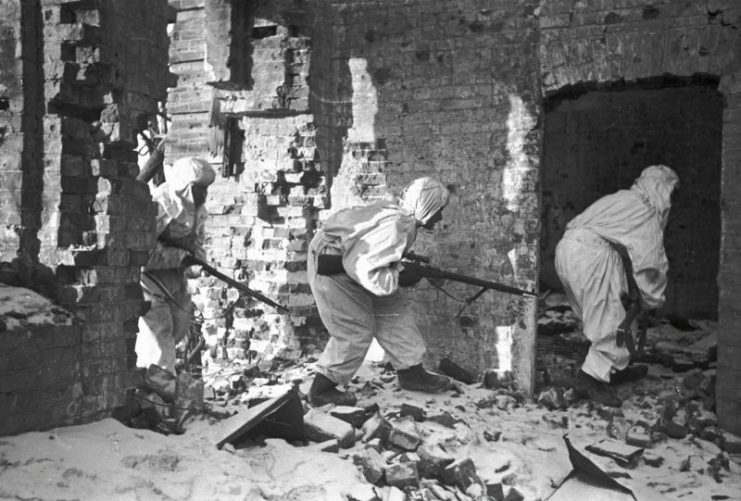
Russia had an entire generation of people who, as a rite of passage, had joined rifle clubs and learned marksmanship. Little did the Germans know that basically the average Russian citizen, man or woman, knew how to shoot and shoot accurately. The scope on the bolt-action Mosin-Nagant was easier to adjust than the German scope on the Mauser 98K.
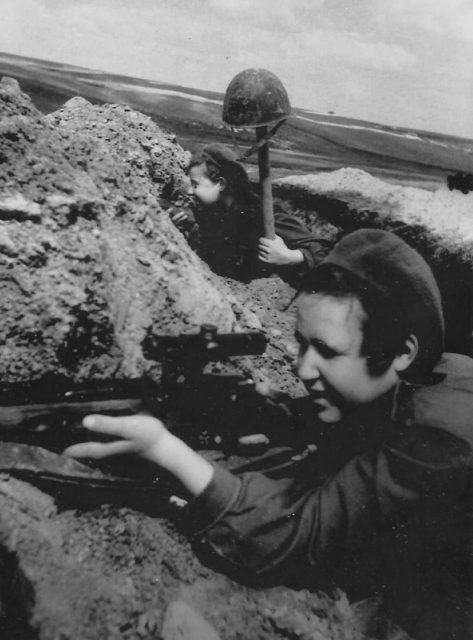
That might seem like a small thing, but when snipers are the combatants of choice it isn’t a small issue at all. Women, although ordinarily non-combatants, were available in large numbers and many were deadly accurate.
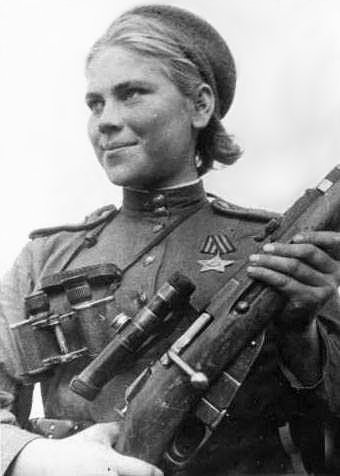
And of course, the Germans were not used to the Russian winter. The Russians lived it every year of their lives. German gun oil froze, and the Russians mixed their gun oil with gasoline that enabled it to tolerate another ten to twenty degrees of cold to operate in. Germans had to sleep with their weapons, hoping their body heat would keep the weapons from freezing.
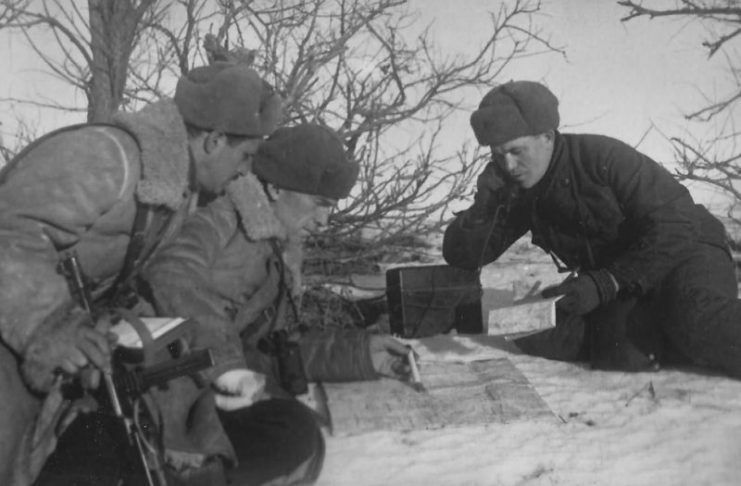
Germans did not prepare for disease and starvation, while the Russians were ready
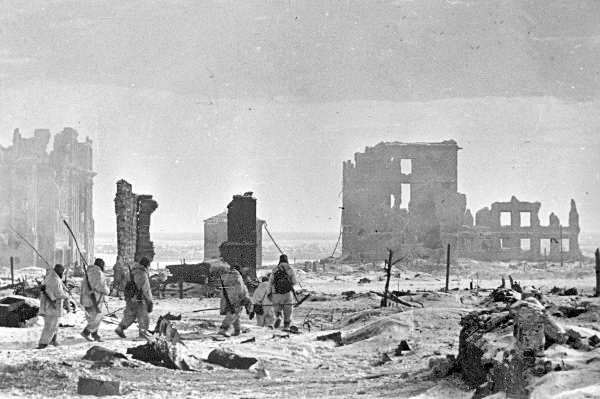
Germans died of starvation and had to wait until autopsies could be conducted to discover that when you have no body fat, you die. Well, duh! Plus the Soviets had developed typhus and tularemia vaccines. The Germans had not.
Russian outerwear was warmer than the outerwear of the German soldier
The German soldier wore an undershirt, a cotton shirt, a woolen coat, and a scarf, and a steel helmet. The steel helmet froze and failed to protect the Germans from cold on the part of their body that most needed warmth — their heads.
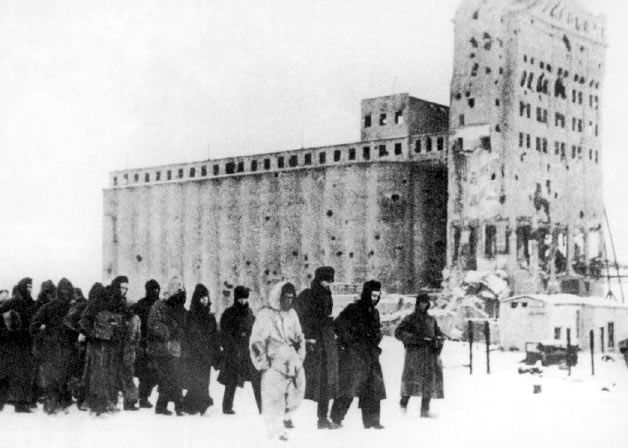
The Russians wore heavy cotton undergarments, a woolen tunic, a padded body length tunic over that which was adapted from the nomadic warriors in the frozen north, and a fake fur hat.
There was one more element to this: The Russians were defending their country. The Germans were a thousand miles from home
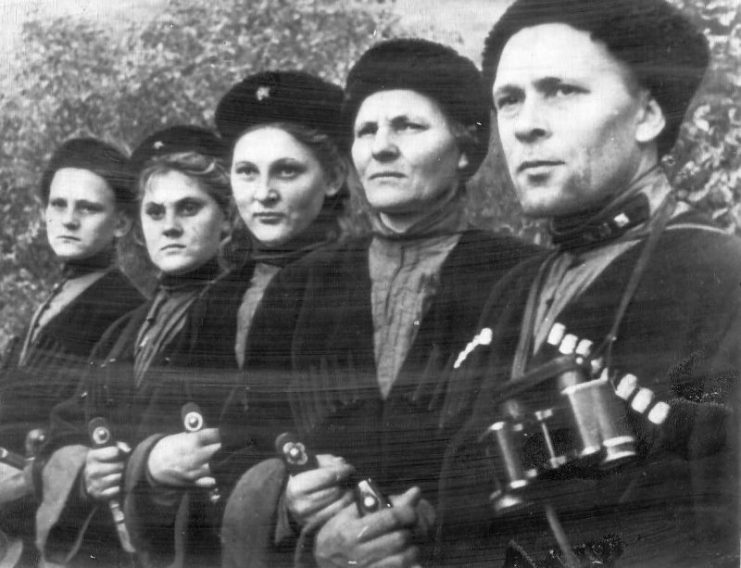
The air campaign set the battlefield. The armor could not penetrate the city and the Panzergrenadiers then had to do the dirty work. The rest is history.
